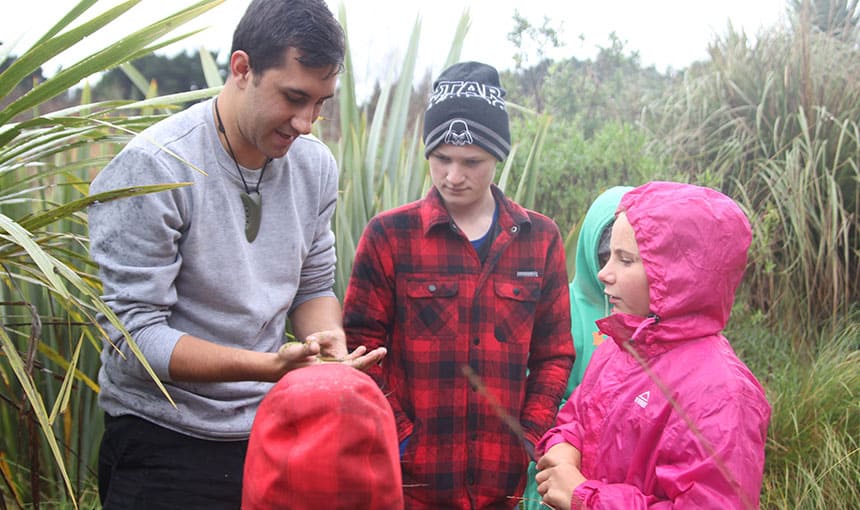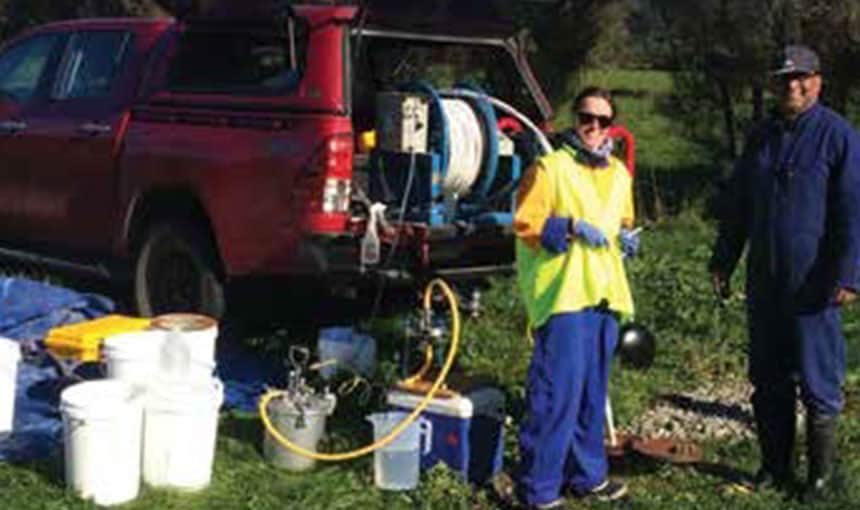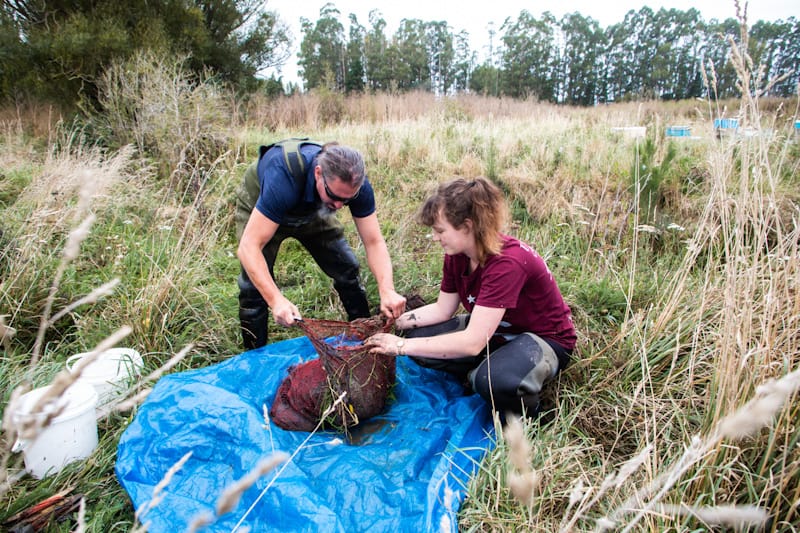Adaptive Evolution of Native Biota
Researchers are collecting DNA information from some of Aotearoa New Zealand’s most threatened species in an effort to make them more resilient to future environmental change.
The inventory of research outputs and resources can be found here:
overview Te Tirohanga Whānui
Scientists leading this BioHeritage Challenge project are taking critical first steps towards building resilience in threatened taonga (treasured) species, partnering with Ngāi Tūāhuriri to embed mahinga kai values and mātauranga Māori (indigenous knowledge) into the project.
The data they gather will be used to comprehensively assess the genetic diversity of five diverse species, with a special focus on kōwaro (Canterbury mudfish) and kēkēwai (freshwater crayfish). The aim is to determine their capacity to evolve in response to environmental change – otherwise known as their adaptive potential.
Associate Professor Tammy Steeves of the University of Canterbury leads this project, with her research team developing a series of case studies. Read about one here. They’re combining high-throughput sequencing technologies with extensive ecological and environmental data to characterise adaptive variation in the five species.
By securing threatened species and resilient ecosystems, this project contributes toward BioHeritage’s goal of empowering New Zealanders so they feel inspired to protect our environment.
Ultimately, the project’s genomic approach to adaptive resilience will provide a framework that communities throughout New Zealand can use to:
- ensure threatened species are more resilient to future environmental change
- improve conservation, customary and commercial outcomes.
project-summary
During their research, the team is gathering knowledge and information to further their understanding of the life force (mauri) of kōwaro and kēkēwai. This includes past, current and future distributions in Ngāi Tūāhuriri’s rohe (region), and including relevant traditional ecological knowledge and mātauranga Māori into the design of the study.
The case studies are being leveraged to characterise adaptive variation in hihi (stitchbird), kākā (brown parrot) and wētāpunga (giant wētā), and to assess the impact of preserving adaptive versus neutral genetic variation on metapopulation viability.
By integrating findings across other species for which population genomic data is being gathered – nationally and internationally – the research team can develop an evidence-based position statement that assesses the risks and benefits of prioritising adaptive variation in the management of threatened species.
Key to this aspect of the project is the opportunity for genomic data to inform translocation activities within Ngāi Tūāhuriri’s rohe and, if applicable, between their rohe and others in the South Island.
Looking for more information?
If you’re looking for any outputs (papers, data etc) from this project that you don’t see on this page please visit our data repository.
Team Members Ngā kaimahi
- Tammy Steeves; University of Canterbury



